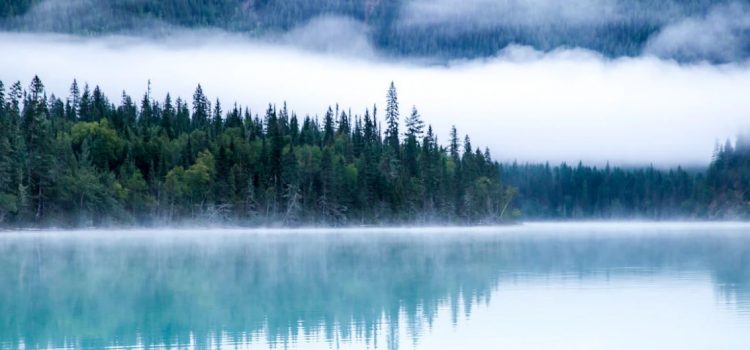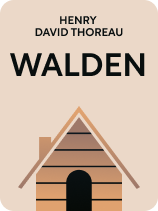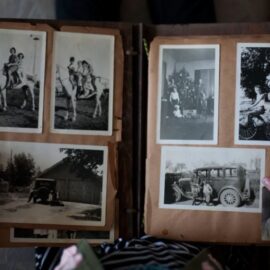

This article is an excerpt from the Shortform book guide to "Walden" by Henry David Thoreau. Shortform has the world's best summaries and analyses of books you should be reading.
Like this article? Sign up for a free trial here.
Why is Henry David Thoreau considered one of the founders of ecology? How did he connect nature with spirituality?
During his two years at Walden Pond, Henry David Thoreau spent hours every day walking and observing the nature that surrounded him. He also strove to live by the rhythms of the natural world.
Continue reading to learn about Henry David Thoreau and nature at Walden Pond.
Thoreau Observed Nature
In the book Walden by Henry David Thoreau, nature is a major theme. At Walden Pond, observing the natural world occupied much of Thoreau’s time. He paid close attention to the animals who lived in the woods, near the pond, and even in various crevices of his cabin. (He mentions a hare who built a nest under his floor, as well as wasps who settled in his windows and walls ahead of the cold Massachusetts winter.) It wasn’t just animals who occupied his attention. Thoreau also became familiar with memorable trees in the area, and he observed how the ponds froze in the winter and thawed in the spring.
(Shortform note: Thoreau wrote many anecdotes about the animals he observed. In Thoreau’s Animals, Geoff Wisner contends that these illustrate Thoreau’s spiritual and scientific engagement with the natural world. Thoreau also took notes on more than 500 plant species during his time at Walden, compiling data that researchers still use to study how those species have responded to changes in their environment. Scientists have compared Thoreau’s notes to modern observations about the plants at Walden Pond and learned about these species’ ability to adapt to changes in climate. Experts consider Thoreau an early practitioner of what we now call “citizen science,” a movement that enables everyone to take part in the scientific process.)
Thoreau also spent hours each day walking in the woods. In the winter, no matter how deep the snow was, he ventured out of his cabin and into the woods. He sometimes visited a tree, other times watched an owl, and often left a fire burning in the hearth. (On one occasion, his bedding caught fire while he was away.) Thoreau also listened closely to the woods. He became familiar not only with natural sounds like the calls of bullfrogs and screech owls, but also with the sounds that revealed the presence of other humans in and around the woods. Those included the sounds of trains traveling to and from Boston, carriages passing along the road, church bells in neighboring towns, and the barking of locals’ hunting dogs.
(Shortform note: In his annotated edition of Walden, environmentalist Bill McKibben writes that Thoreau spent three or four hours walking every day. Experts locate Thoreau in a long tradition of “walking-and-writing,” one continued by Rebecca Solnit with Wanderlust, Olivia Laing with To the River, Robert Macfarlane with The Old Ways, and Cheryl Strayed with Wild. Annie Dillard even earned the title of the “Thoreau of the suburbs” with Pilgrim at Tinker Creek. But, why did Thoreau do so much walking? It’s easy to assume that his walks were motivated by a desire to retreat from society. But, an 1851 journal entry suggests that the true purpose of Thoreau’s walking was to seek out places where he could experience a true, childlike sense of freedom.)

———End of Preview———
Like what you just read? Read the rest of the world's best book summary and analysis of Henry David Thoreau's "Walden" at Shortform.
Here's what you'll find in our full Walden summary:
- The philosophy behind Henry David Thoreau's classic novel
- How you can build a meaningful life by living in harmony with nature
- A look at how Thoreau spent his time at Walden Pond, outside the book






